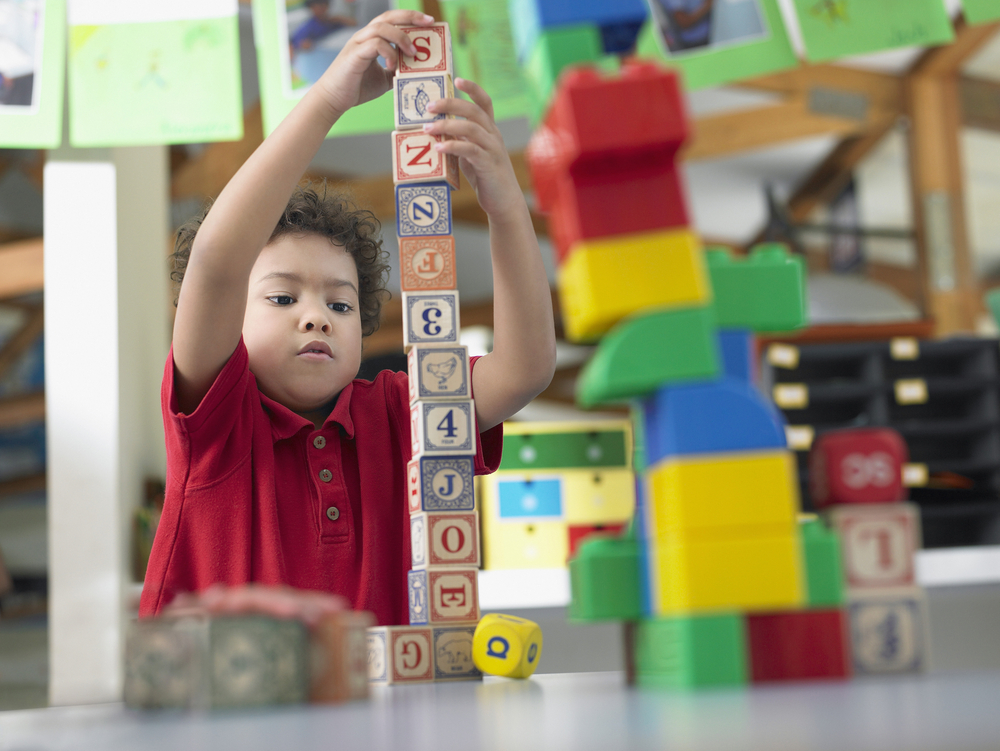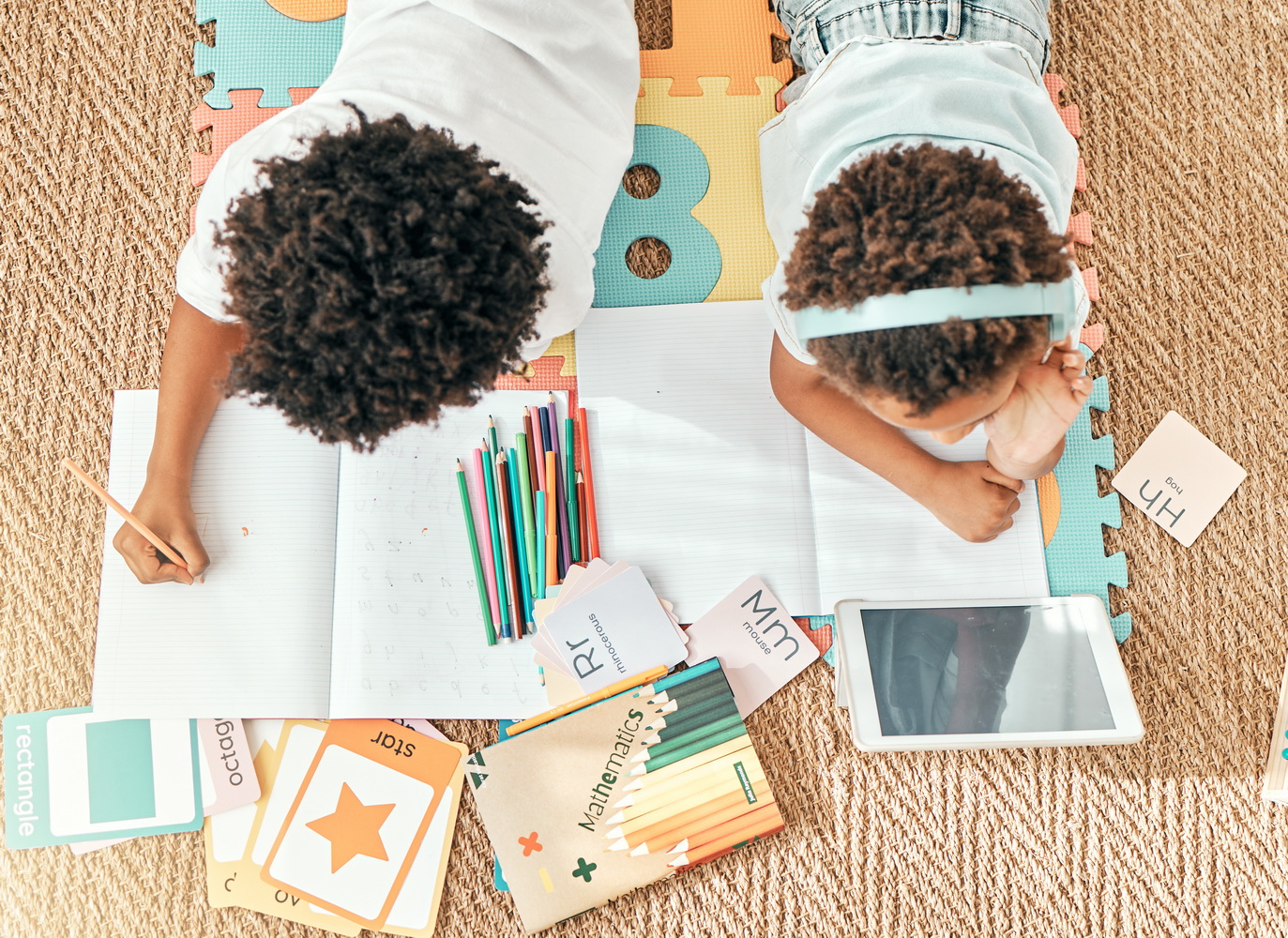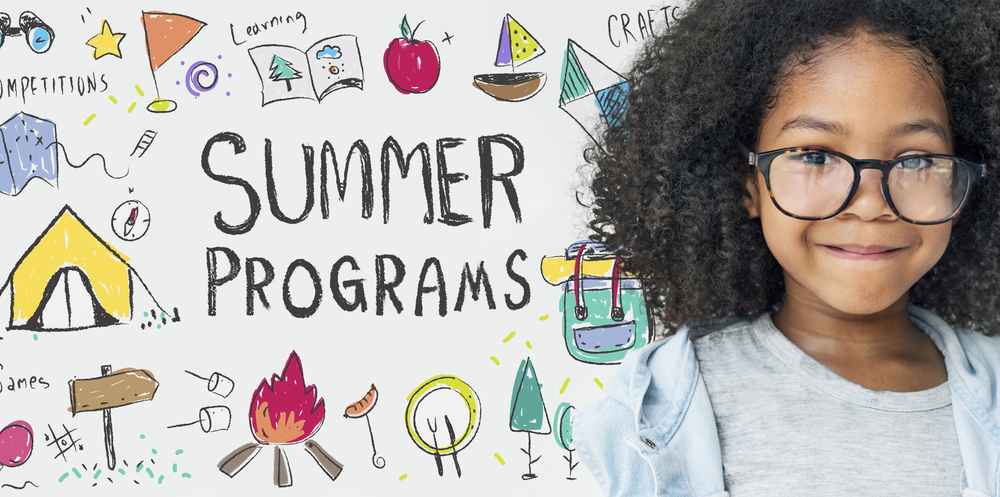Understanding patterns Math Worksheets for 4-Year-Olds
7 filtered results
-
From - To
Discover our engaging Understanding Patterns math worksheets designed specifically for 4-year-olds! These interactive activities introduce young learners to basic patterns, helping them develop critical math skills in a fun and accessible way. Our worksheets feature colorful visuals and creative exercises that encourage kids to recognize, extend, and create patterns using shapes, colors, and objects. Ideal for parents and educators, these resources promote cognitive development and enhance problem-solving abilities. Explore our collection of printable worksheets to kindle your child's love for math and set a strong foundation for their future learning in a playful and enjoyable environment. Start their pattern journey today!
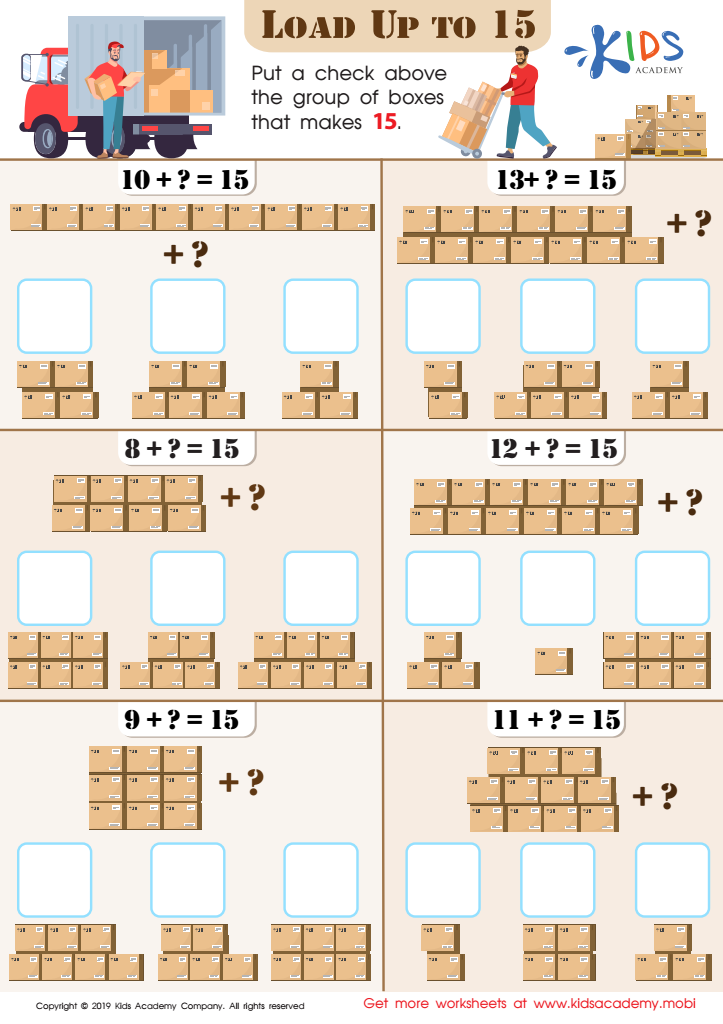

Load up to 15 Worksheet


Addition: Space Math Worksheet
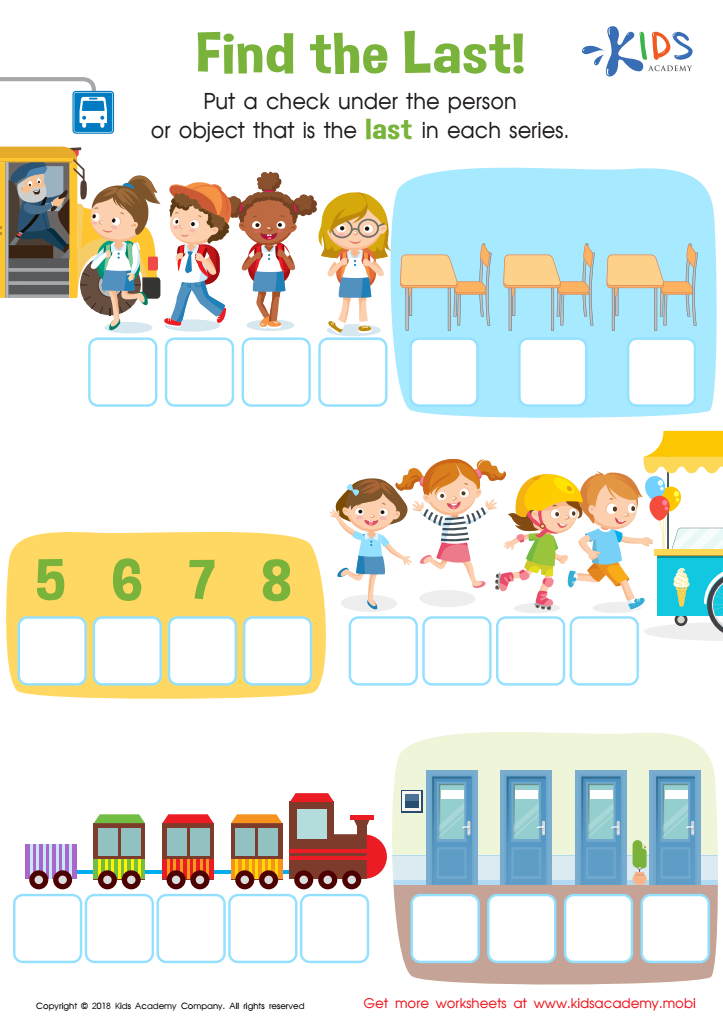

Find the Last! Worksheet
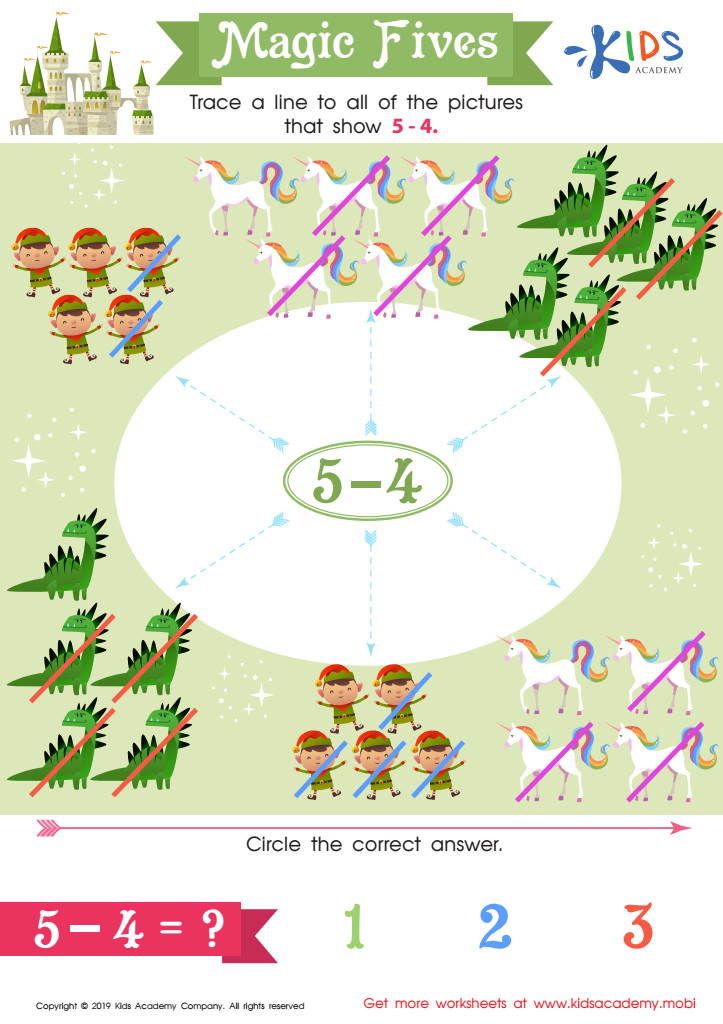

Magic Fives Worksheet
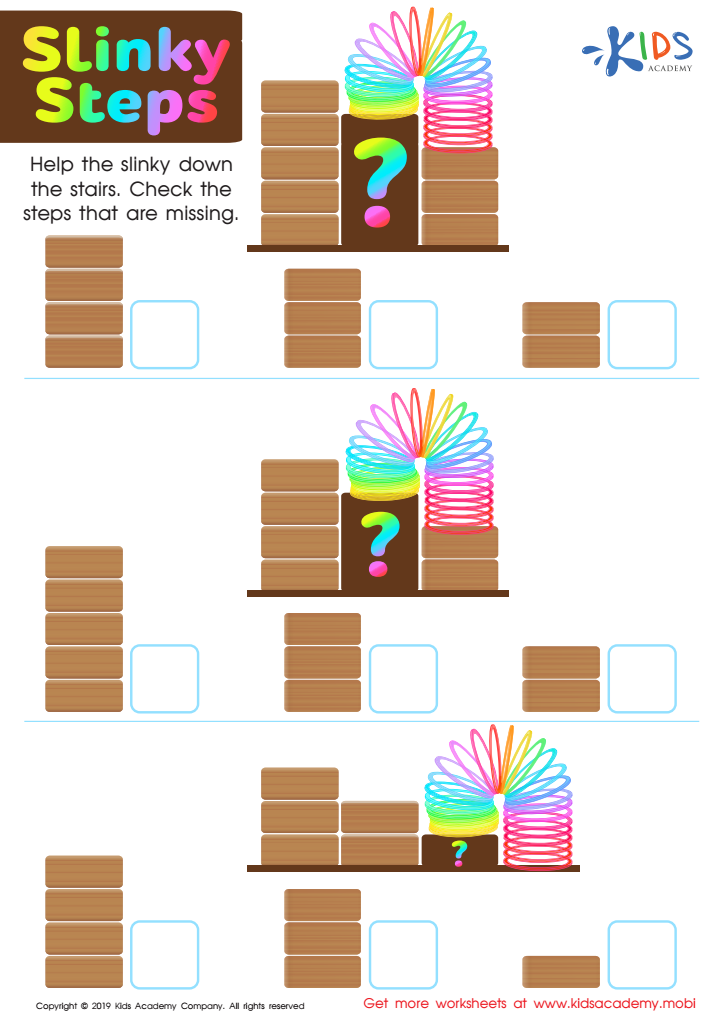

Slinky Steps Worksheet
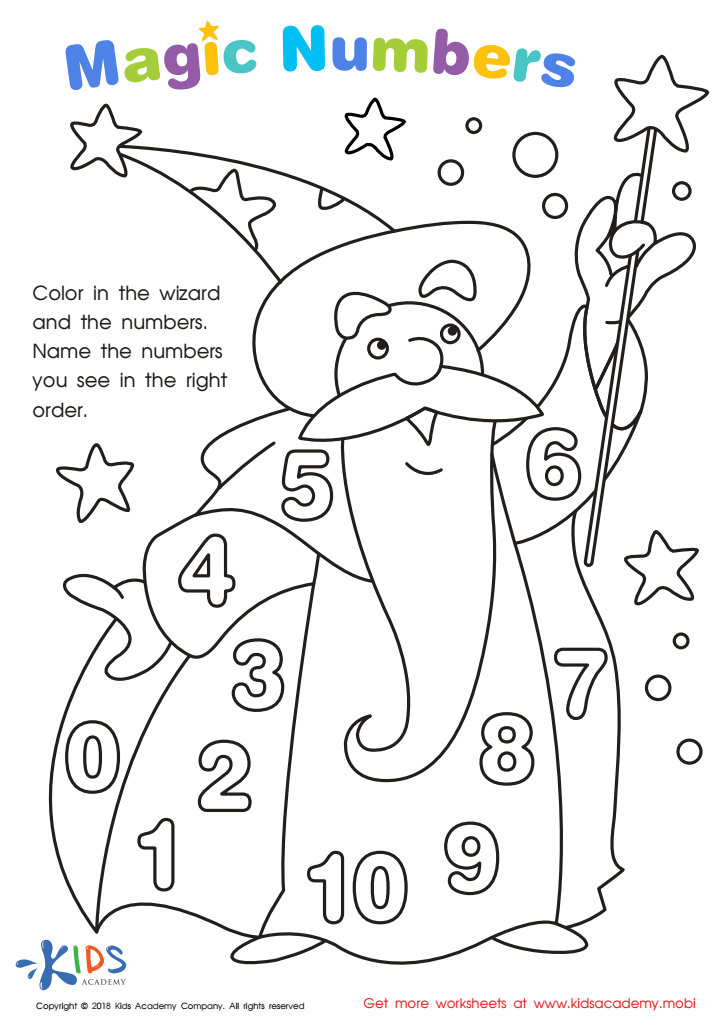

Magic Numbers Worksheet
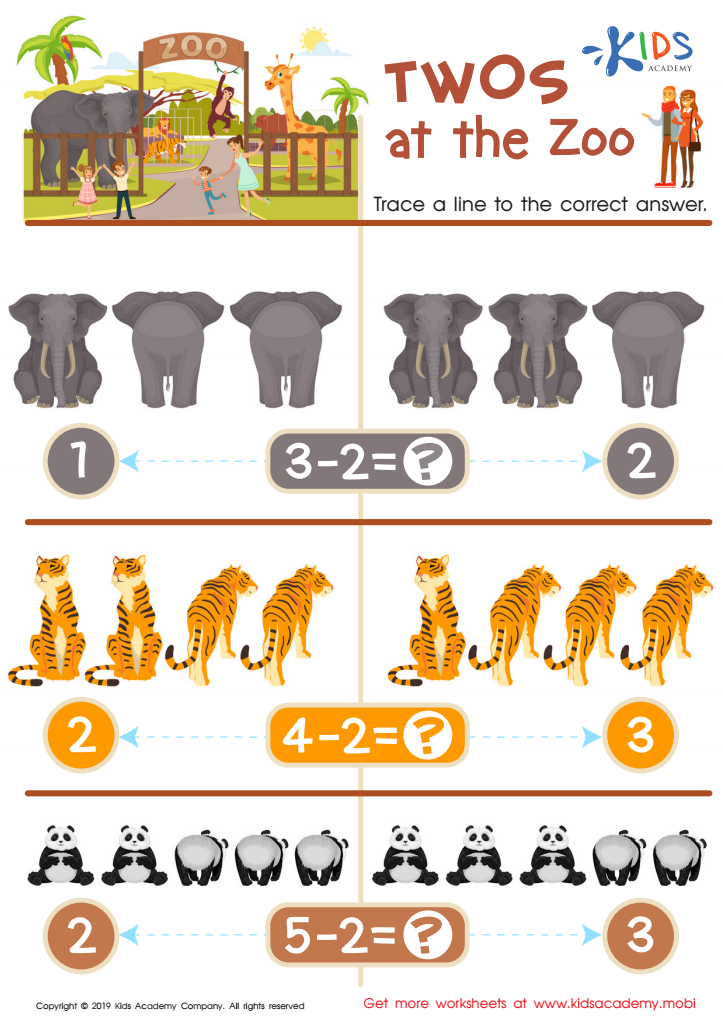

Twos at the Zoo Worksheet
Understanding patterns in math for 4-year-olds is crucial for several reasons. First, recognizing patterns lays the foundation for mathematical thinking. When children identify and create patterns, they develop critical problem-solving skills and logical reasoning. These abilities serve as building blocks for more complex mathematical concepts in later grades, such as algebra and geometry.
Second, engaging with patterns fosters a sense of achievement and boosts children's confidence in their math abilities. When children can recognize, extend, and create patterns using colors, shapes, or numbers, they gain a sense of competence that encourages further exploration of mathematical concepts.
Moreover, learning about patterns is intertwined with other cognitive skills. It enhances children’s ability to compare, classify, and communicate their understanding. Engaging in activities that highlight patterns can promote cooperative play and communication, helping to strengthen social skills.
For parents and teachers, recognizing the significance of pattern recognition encourages the integration of playful, hands-on math activities into daily learning. This approach nurtures a child's natural curiosity and fosters a love for learning. Ultimately, understanding patterns equips children with essential skills that are critical for their future educational journeys.

 Assign to My Students
Assign to My Students





